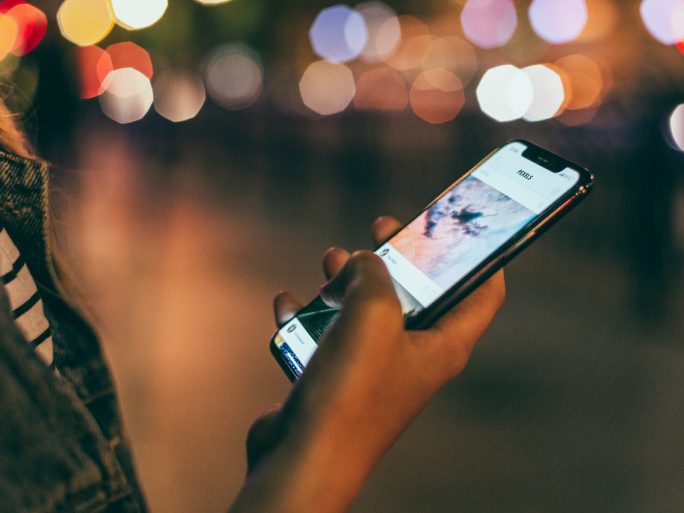Phone App Reminds Users To Stay Alert While Walking

Google begins rolling out Android ‘digital wellness’ feature that reminds users to look up from their phone while walking
Google has begun rolling out a “Heads Up” feature to help users avoid the pitfalls of using their phones whilst out and about.
Users of Google’s own Pixel smartphones said they had begun seeing the feature appear in an update to a test version of Google’s Digital Wellbeing app, designed to help people carry out a digital detox.
“Digital Wellbeing adds ‘Heads Up’, a feature that warns you to stop using your phone while you’re walking,” wrote Jay Prakash Kamat on Twitter.
So far users said the feature only appears to be active on Pixel 4a and Pixel 5 devices, in Digital Wellbeing version 1.0.364375698.

Heads Up
The release is a test version available to people who sign up for the app’s beta-test programme.
The option must be activated manually and is found under the app’s Reduce Interruptions section.
It requires access to the user’s physical activity sensors in order to determine whether the user is walking.
Users can also optionally give the app access to their location, and if they do so the app will only become active when the user is outside.
Once it’s set up, the user will receive reminders with messages such as, “Be careful”, “Look ahead”, “Stay focused”, “Look up”, “Stay alert”, “Watch out” and “Watch your step”, each with its own related emoji, test users said.
Reminders
“Watch your step with Heads Up,” Google writes in the app. “If you’re walking while using your phone, get a reminder to focus on what’s around you… Use with caution. Heads Up doesn’t replace paying attention.”
Enthusiast blogs first noted the upcoming feature back in November when it was added, though not activated, in earlier beta versions of Digital Wellbeing.
Google unveiled its first digital wellbeing tools in 2018 to help users switch off, with features including the ability to schedule screen breaks on YouTube for younger viewers and to schedule pauses in internet connectivity for some or all of the devices in a home.
Apple introduced similar features at around the same time amidst growing concern over gadget addiction, particularly for younger users.